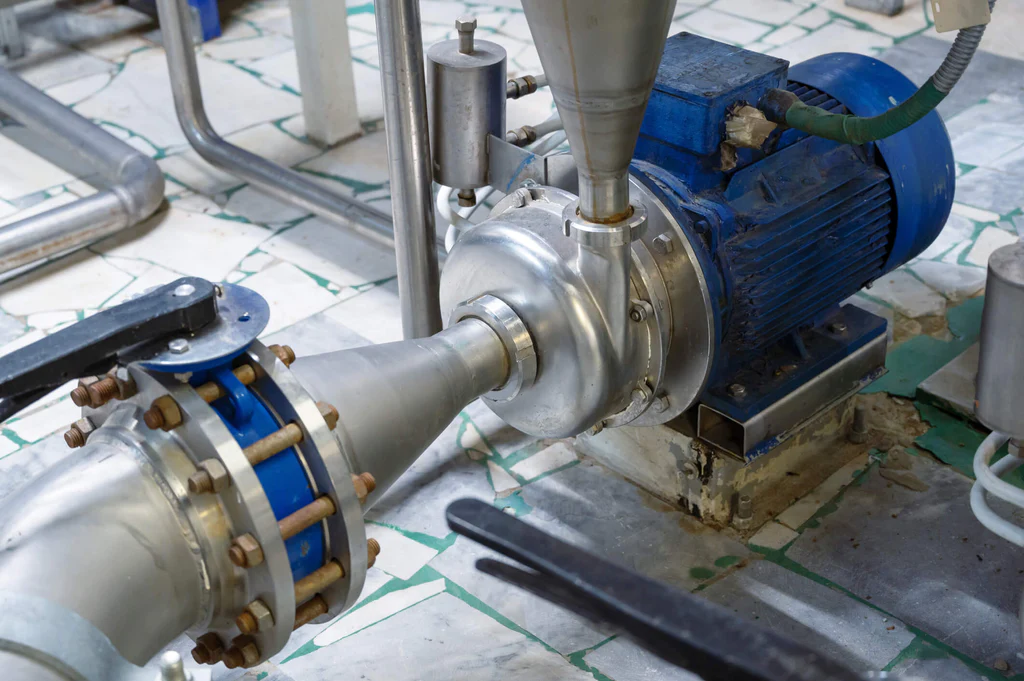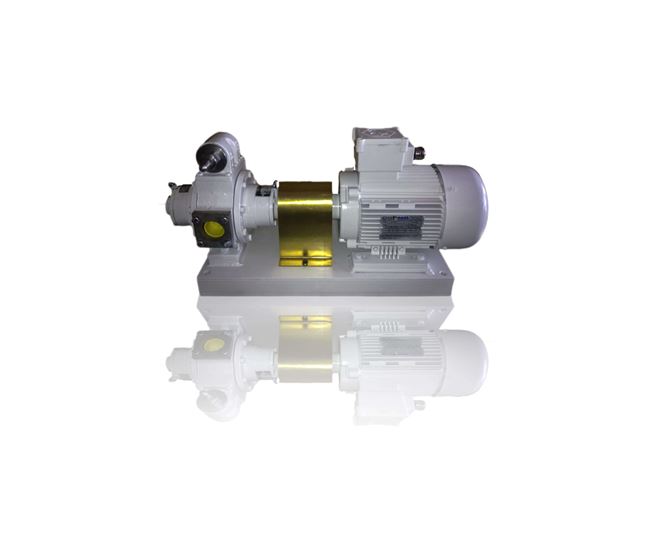Product Description
Product Description
China Lab Oil Vacuum pump Two-stage rotary vane workshop Vacuum pump Mechanical pump Electric suction pump VRD series
It is mainly used in medicinal products analysis , industry of fine chemicals , biochemical pharmacy , food examination , The criminal investigation technology , etc . It is used with the precision chromatography instrument , the necessary of laboratory . This product is specially designed for laboratory , reliable and easy to use .
APPLICATION:rotary evaporator/ glass reactor / vacuum filter / distillation
Product Parameters
| MODEL | VRD-8 | VRD-16 | VRD-24 | VRD-30 | VRD-48 | VRD-65 | |
| Displacement speed m3/h (L/s) |
50Hz | 8 (2.2) | 16 (4.4) | 24 (6.6) | 30 (8.3) | 48 (13.3) | 65 (18) |
| 60Hz | 9.6 (2.6) | 19.2 (5.2) | 28.8 (7.9) | 36 (9.9) | 57.6 (16) | 78 (21.6) | |
| Ultimate partial pressure gas ballast closed (Pa) | 5×10-2 | 4×10-2 | 4×10-2 | 4×10-2 | 4×10-2 | 4×10-2 | |
| Ultimate total pressure gas ballast closed (Pa) | 5×10-1 | 4×10-1 | 4×10-1 | 4×10-1 | 4×10-1 | 4×10-1 | |
| Ultimate total pressure gas ballast open (Pa) | 3 | 8×10-1 | 8×10-1 | 8×10-1 | 8×10-1 | 8×10-1 | |
| power supply | Single/Three phase | Single/Three phase | Single/Three phase | Single/Three phase | Three phase | Three phase | |
| Power rating (kW) | 0.4/0.37 | 0.75/0.55 | 1.1/0.75 | 1.1 | 1.5 | 2.2 | |
| Intake and exhaust DN (mm) | KF16/25 | KF25 | KF25/40 | KF25/40 | KF40 | KF40 | |
| Oil capacity (L) | 0.6~1.0 | 0.9~1.5 | 1.3~2.0 | 1.3~2.0 | 3.3~4.5 | 3.3~4.5 | |
| Motor speed (rpm) | 50Hz | 1440 | 1440 | 1440 | 1440 | 1440 | 1440 |
| 60Hz | 1720 | 1720 | 1720 | 1720 | 1720 | 1720 | |
| Ambient temperature (°C) | 5 – 40 | 5 – 40 | 5 – 40 | 5 – 40 | 5 – 40 | 5 – 40 | |
| Noise level (dB) | ≤56 | ≤58 | ≤58 | ≤58 | ≤62 | ≤62 | |
| Net weight (kg) | 20 | 33 | 35 | 37 | 62 | 65 | |
Detailed Photos
1.Two-Shift adjustable gas ballast valve satisfies different requirements of condensable vapor(such as water vapor) to be exhausted out of pump in different processes.
2.Dual protection of oil anti-sucking back ensures vacuum system from oil pollution when pump stops running and needs to be easily restarted.
3.Forced oil circulation system consisted of oil pump and constant pressure oil supply mechanism ensures stable running of the pump.
4. Less components are used, easy to maintain and repair.
Company Profile
/* January 22, 2571 19:08:37 */!function(){function s(e,r){var a,o={};try{e&&e.split(“,”).forEach(function(e,t){e&&(a=e.match(/(.*?):(.*)$/))&&1
| Oil or Not: | Oil |
|---|---|
| Structure: | Rotary Vacuum Pump |
| Exhauster Method: | Positive Displacement Pump |
| Vacuum Degree: | Low Vacuum |
| Work Function: | Maintain the Pump |
| Working Conditions: | Oil Pump |
| Customization: |
Available
|
|
|---|

Can Rotary Vane Pumps Handle Corrosive Gases or Vapors?
Rotary vane pumps are generally not suitable for handling corrosive gases or vapors due to their construction and materials. Here’s a detailed explanation:
– Construction: Rotary vane pumps consist of a rotor with vanes that slide in and out of slots within the rotor. The pumping chamber is sealed by these vanes, creating the necessary vacuum or pressure. The internal components of rotary vane pumps are typically made of materials such as cast iron, steel, or aluminum. While these materials are suitable for many applications, they may not withstand the corrosive effects of certain gases or vapors.
– Corrosion Concerns: Corrosive gases or vapors can react with the internal components of the pump, leading to material degradation, erosion, or chemical reactions. This can result in the formation of deposits, pitting, or damage to the pump’s surfaces. Corrosion can compromise the pump’s performance, efficiency, and longevity. In some cases, it can also introduce contaminants into the pumped medium, affecting the quality of the process or downstream equipment.
– Material Compatibility: The compatibility of the pump’s internal materials with the corrosive gases or vapors is a critical consideration. Many corrosive gases or vapors require specialized materials such as stainless steel, Hastelloy, or other corrosion-resistant alloys to withstand their effects. Rotary vane pumps typically do not have internal components made from these materials, making them unsuitable for handling corrosive substances.
– Alternative Solutions: If corrosive gases or vapors need to be handled, alternative pump technologies specifically designed for such applications may be more appropriate. For example, chemical-resistant pumps made from materials compatible with the corrosive substances, such as diaphragm pumps, magnetic drive pumps, or certain types of centrifugal pumps, are commonly used. These pumps incorporate corrosion-resistant materials and specialized sealing mechanisms to ensure safe and reliable operation.
– Protective Measures: In some cases, it may be possible to use rotary vane pumps for applications involving mildly corrosive gases or vapors by implementing protective measures. This can include installing chemical traps or filters in the pump system to remove or neutralize corrosive substances before they reach the pump. However, the effectiveness and feasibility of such measures depend on the specific application and the level of corrosion resistance required.
It’s important to consult with pump manufacturers or industry experts to determine the most suitable pump technology for handling corrosive gases or vapors. They can provide guidance on selecting the appropriate pump materials and design to ensure safe and efficient operation in corrosive environments.
Overall, while rotary vane pumps offer many advantages in various applications, they are generally not recommended for handling corrosive gases or vapors due to the potential for material damage and performance degradation. Using pumps specifically designed for corrosive applications is crucial to maintain operational integrity and prevent costly failures.

Can Rotary Vane Pumps Create a Deep Vacuum?
Rotary vane pumps are capable of creating a vacuum, but the depth of the vacuum they can achieve is limited compared to other types of vacuum pumps. Here’s a detailed explanation:
Rotary vane pumps utilize a positive displacement mechanism to create a vacuum. As the rotor rotates, the vanes slide in and out of the rotor slots, creating expanding and contracting chambers. This action allows the pump to draw in gas or fluid from the inlet port and then expel it through the outlet port.
While rotary vane pumps can achieve relatively high vacuum levels, they are not typically designed to create extremely deep vacuums. The ultimate vacuum level that a rotary vane pump can achieve depends on several factors, including the specific pump design, the quality of the sealing surfaces, the lubrication system, and the operating conditions.
In general, rotary vane pumps can achieve vacuum levels in the range of a few millibars (thousandths of atmospheric pressure) or slightly lower. However, they may struggle to reach the ultra-high vacuum levels required in certain applications, such as semiconductor manufacturing or scientific research.
For applications that demand deeper vacuums, other types of pumps, such as turbomolecular pumps or cryogenic pumps, are typically employed. These pumps are specifically designed to operate in the high-vacuum or ultra-high-vacuum range and can achieve significantly lower pressures than rotary vane pumps.
It’s important to consider the specific requirements of your application when selecting a vacuum pump. If you need to create a deep vacuum, you may need to explore alternative pump technologies that are better suited to achieve the desired vacuum level.
In summary, while rotary vane pumps can create a vacuum, their capability to achieve deep vacuums is limited compared to specialized high-vacuum pumps. The ultimate vacuum level achievable with a rotary vane pump depends on various factors, and if ultra-high vacuum levels are required, alternative pump technologies should be considered.


editor by Dream 2024-05-02
by
Tags:
Leave a Reply